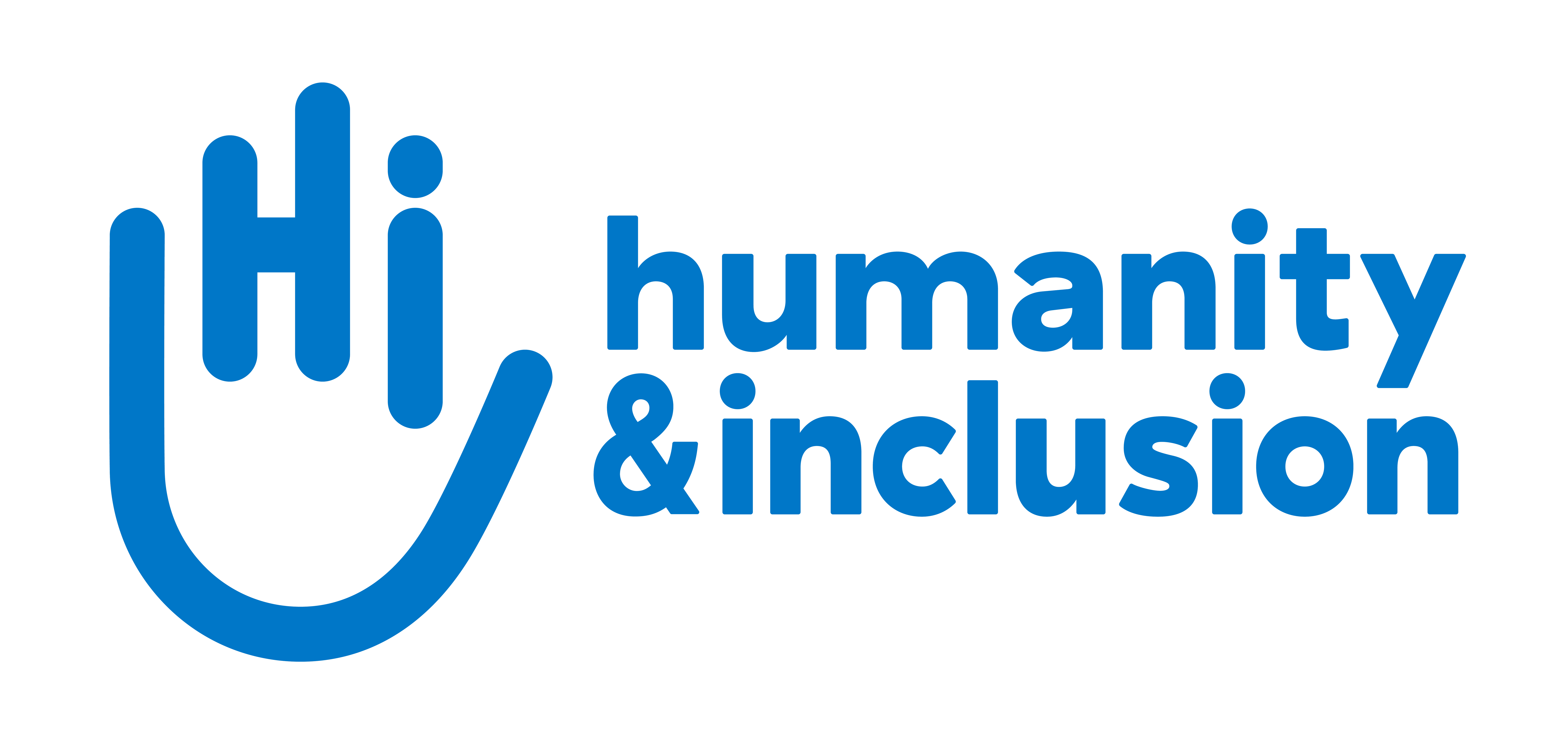Mosul: Handicap International has launched its emergency response
Over the last six weeks, more than 75,000 people have fled the fighting in Mosul and its surrounding area. Handicap International has deployed a dozen field mobile teams to assist people displaced by the conflict. The organisation is providing rehabilitation care and psychosocial support in the main displacement areas.

A disabled man, in Khazer IDP camp. | © E. Fourt / Handicap International
Last week, dozens of Handicap International’s professionals began working in Khazer camp. Following the launch of the Mosul offensive in Iraq over a month ago, the camp is now one of the main areas of displacement. The organisation’s teams go from tent to tent inquiring after the health of displaced people, particularly the most vulnerable.
“A lot of people have injuries or chronic diseases and their health condition has gotten worse over the last few weeks,” explains Mohamad, a physiotherapist. “Many also suffer from psychological trauma, particularly children, so our psychosocial support is vital,” adds Eyad, a social worker.
By the end of this week, the organisation’s teams will also be working in other camps in order to help as many people as possible. This includes Hasansham, where some 36,000 people have taken refuge, and Qayyarah Jad’ah, another major displacement area. “Some camps are empty, but our teams will start working there as soon as they open. We won’t have to wait long because the number of displaced people increases daily and the humanitarian emergency is growing and becoming more complicated with the onset of winter,” explains Maud Bellon, project manager of Handicap International’s Mosul Emergency Response.
“We are also going to diversify our activities, and our risk education teams, who raise awareness on mines and explosive remnants of war, will their intervention shortly. Since the start of the year, more than 5,000 people have been killed and over 10,000 injured by explosive weapons, in Iraq. Displaced people are often exposed to these risks, so it’s vital they know how to recognise them and what to do if they come across them,” she adds.
“We’re also collaborating with other humanitarian actors in order to cover all of the needs of the displaced population,” concludes Maud Bellon. More than 10 million people currently need humanitarian assistance in Iraq, around a third of the country’s population. This number has doubled in less than a year.





